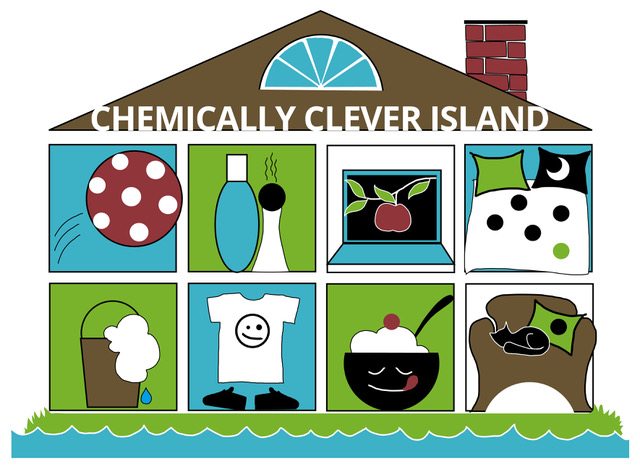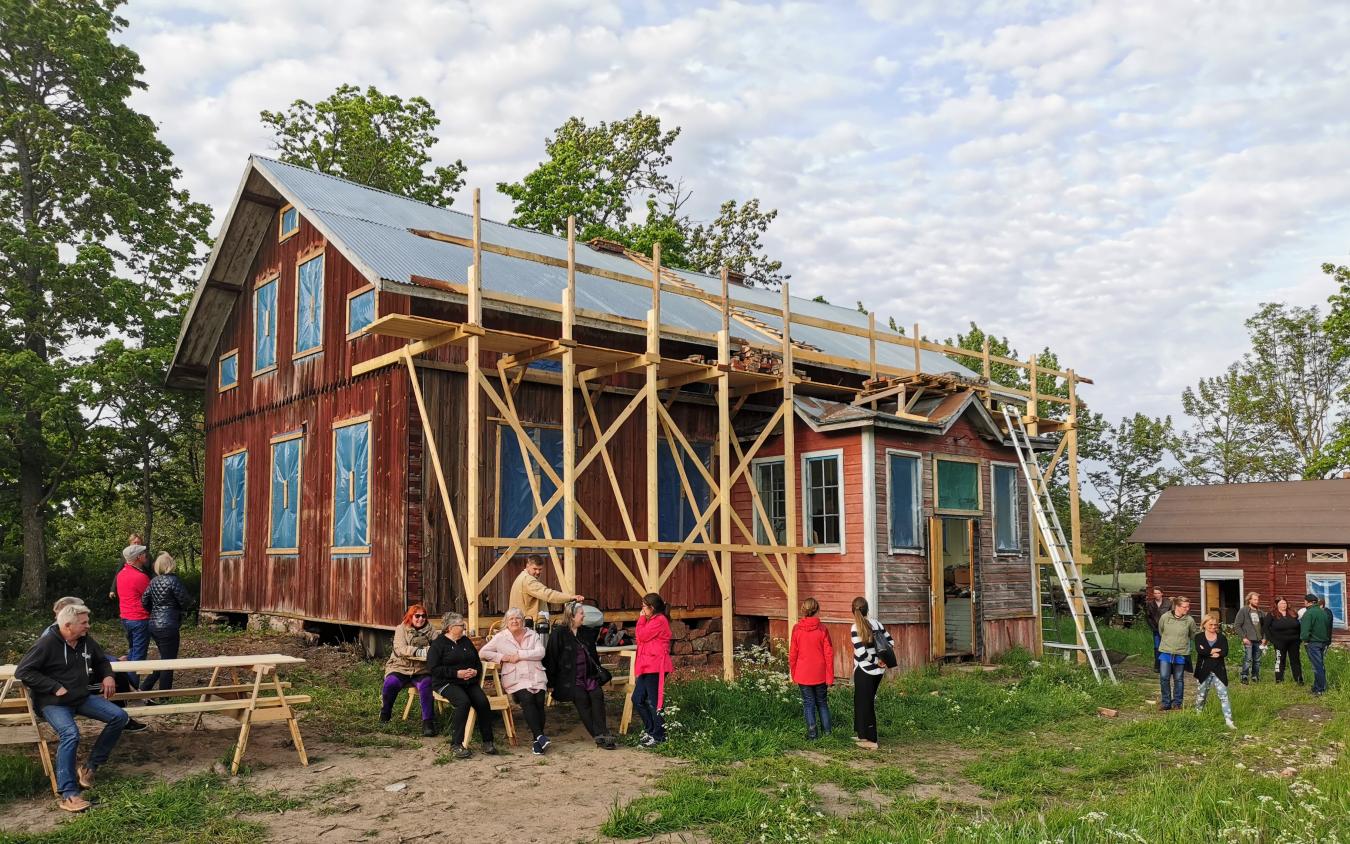Chemicals in buildings
Would you mind living in a plastic bag?
Today, the building industry makes use of around 50 000 different products, from chipboard and insulation to sealants, paints and glues. How can you make the most sustainable and chemically clever choices?
Looking for hazardous chemicals in building materials is nothing new. In 1786, the interior color of fashion at the time, Schiele green (named after the artist Egon Schiele) was banned in Sweden when it turned out to be strongly carcinogenic. Closer in time, about 50 years ago, an alarm sounded about earth-flax and PCB. But while the first wave of eco-houses in the 1970’s were focusing almost merely on saving energy, sustainable construction of today is more holistic and includes a conscious use of chemicals.
- What’s new today is that we don’t just take the finished building in account, says the architect Varis Bokalders, one of Swedens most renowned experts on sustainable construction.
- Today we look at the whole life cycle of different materials, from manufacturing and transports to potential reuse. This way of thinking has given a rise to the use ofwood and other local materials. Wood grows, wood binds carbon dioxide and wood is available in the Nordic countries. And we have been living in wooden houses for thousands of years without getting ill.
BUILDINGS THAT BREATHE
Today, even many conventional stores for building materials offer ecological alternatives. They are rarely placed in the very front of the shelfs, though. That demands conscious customers, who are informed and interested.
- People have become aware of that we need better kinds of insulation. But exactly what that means is more difficult, says Varis.
Mineral wool is still the default: energy-consuming to produce, unpleasant to handle and containing hazardous additives.
- Since mineral wool has no capacity to buffer moisture, it needs a plastic layer on the inside not to absorb moisture from the indoor air. So, choosing the default insulation so comes with a whole construction method of plastics and other synthetic materials. We get houses that do not breathe, he explains.
- ’Would you mind living in a plastic bag?’ sounds a little mean, but is one way of putting it.
Varis tells the story of the old Swedish folk museums that were granted subsidies for renovation.
- Beautiful old furniture had been saved in these traditional log houses for generations. But when the houses were painted with modern plastic paints that prevented the wood from naturally adjusting to changes in moisture and temperature, the indoor air got so dry that the old furniture cracked.
WOOD FOR THOUGHT
Healthy construction is about choosing materials that interact with the surrounding climate, and doesn’t emit for instance allergenic or endocrine disruptive substances. As much wood as possible is the tune of the time. Not just in the framework, but also in terms of insulation, like in fibreboard and wood wool. Boric acid, often added as a fire retardant, is these days being replaced with more healthy substances.
- By using local materials and building on site, transports are diminished. I visited Finland recently to study eco-houses, and the Finns are now building many wooden houses on stone plinths. In my own kitchen I have used Swedish Kålmården marble, says Varis.
HOLISTIC THINKING
Varis Bokalders describes the ecological house as a whole with many aspects.
Energy from renewable sources should be effectively used. Building materials should be produced in sustainable ways, and create a healthy indoor climate. Custom ventilation, sensitivity to local prerequisites like the land and winds, and consuming and destroying as little as possible are other issues to be taken into consideration.
- Some materials may be more expensive in the initial phase. Builders may also want to charge more for working with materials they are not used to. As a pioneer you need both knowledge and perseverance, he says.
- But the question is, what do we mean by ’more expensive’? Are we focusing on the building costs only, or are we allowing for operation and maintenance? What time perspective are we talking about? What is considered important?

